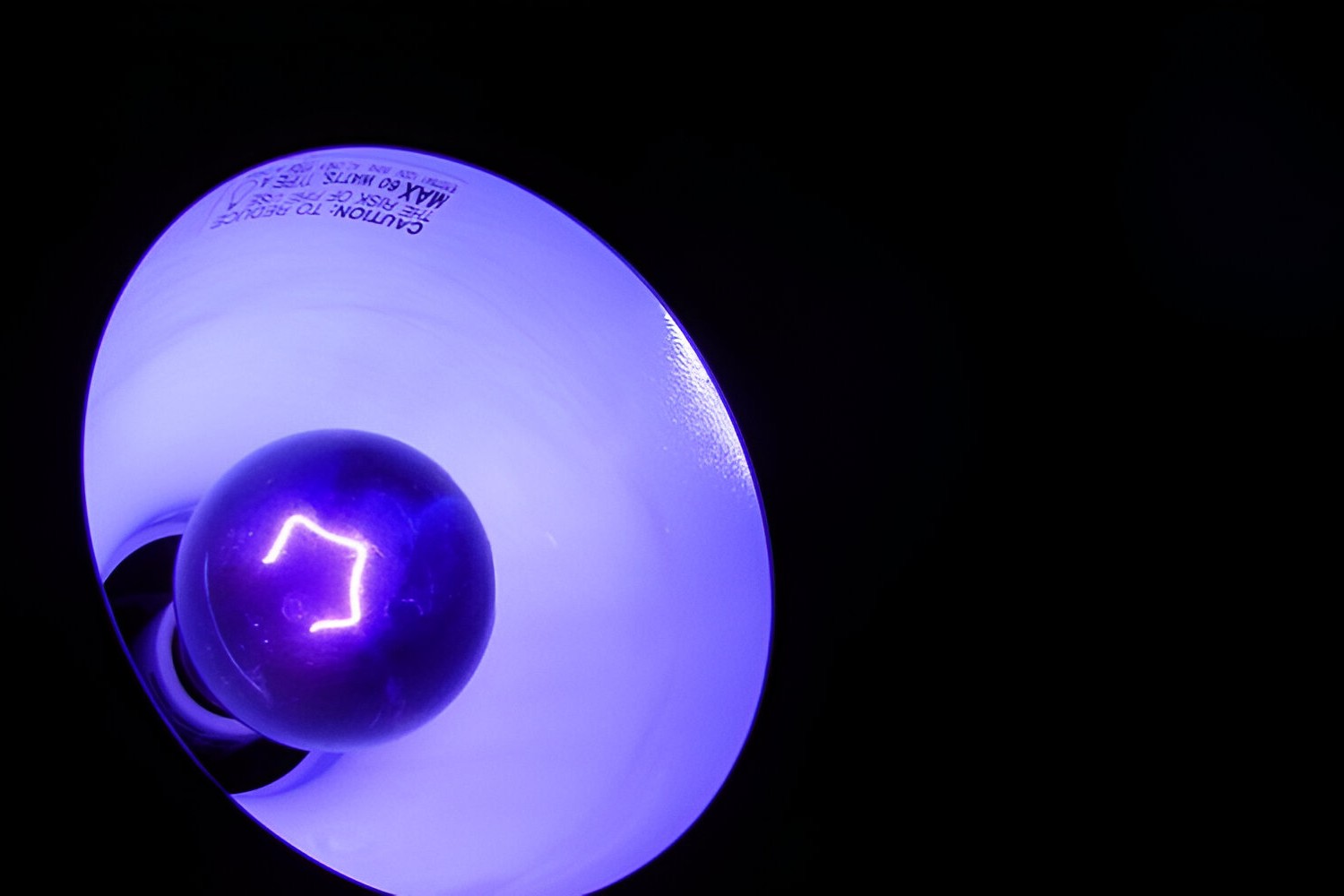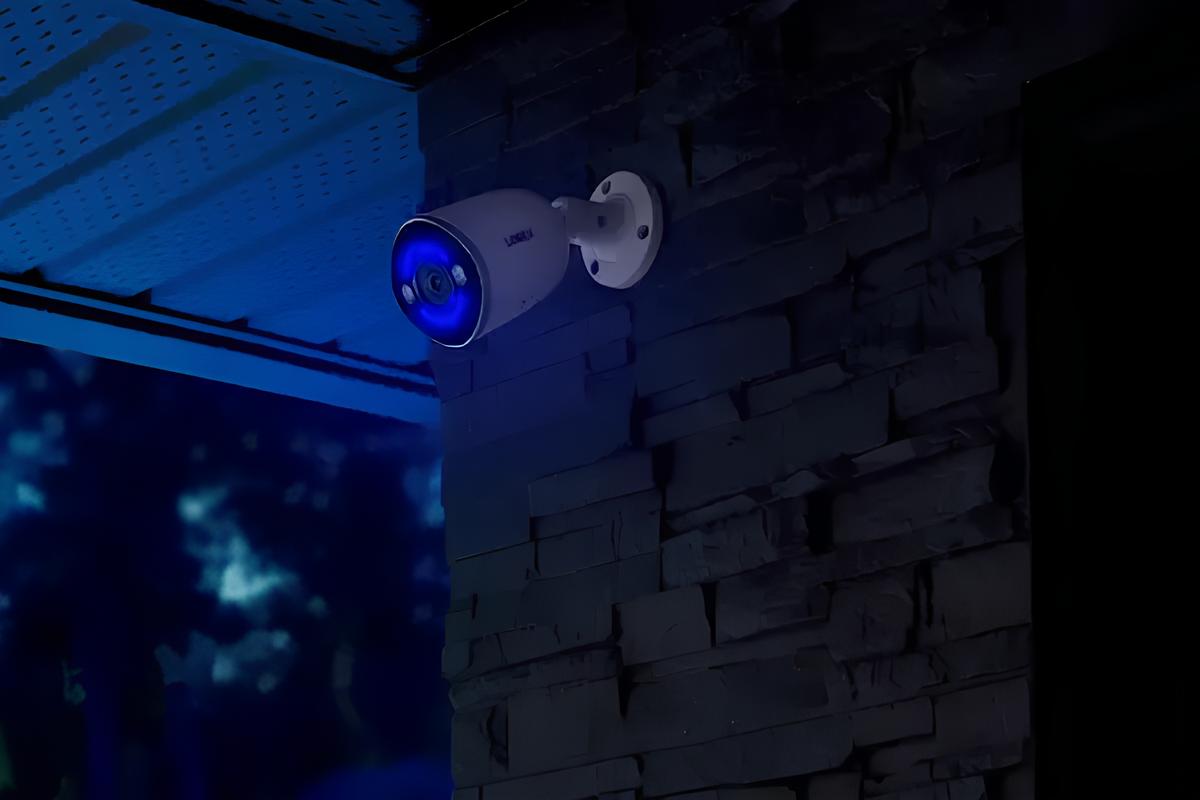Introduction
Blue light, a fascinating and often misunderstood component of the visible light spectrum, plays a crucial role in various technological applications and natural phenomena. Its unique properties have captivated scientists, engineers, and enthusiasts alike, leading to groundbreaking innovations and deeper insights into the world around us.
From the mesmerizing glow of a clear blue sky to the vibrant hues emitted by modern electronic devices, blue light is omnipresent in our daily lives. However, its significance extends far beyond aesthetics, as it holds the key to unlocking a myriad of possibilities in both scientific research and practical applications.
In this article, we will delve into the intricate world of blue light, exploring its characteristics, interactions with the environment, and diverse uses across different fields. By gaining a deeper understanding of blue light and its capabilities, we can appreciate the profound impact it has on technology, biology, and the way we perceive the world.
Join us on this illuminating journey as we unravel the mysteries of blue light and uncover the hidden potential that lies within its alluring wavelengths.
What is Blue Light?
Blue light, a subset of the visible light spectrum, is characterized by its short wavelengths and high energy levels. With wavelengths ranging from approximately 380 to 500 nanometers, blue light occupies a prominent position between ultraviolet and green light within the electromagnetic spectrum.
The distinctive blue color of this light is a result of its relatively shorter wavelengths, which correspond to higher energy levels. When sunlight passes through the Earth's atmosphere, blue light is scattered more than other wavelengths due to its shorter path in the sky, giving rise to the iconic blue hue of the sky during daylight hours.
In addition to its natural occurrence in sunlight, blue light is also emitted by various artificial sources, including LED (light-emitting diode) displays, fluorescent lighting, and digital screens. The prevalence of these sources in modern society has led to increased exposure to blue light, raising concerns about its potential effects on human health and sleep patterns.
From a biological perspective, blue light plays a crucial role in regulating circadian rhythms and influencing human behavior. Exposure to blue light during the day can enhance alertness, elevate mood, and synchronize the body's internal clock with the natural cycle of day and night. However, excessive exposure to blue light, particularly in the evening or at night, can disrupt the production of melatonin, a hormone essential for sleep regulation, leading to potential sleep disturbances and related health issues.
In the realm of technology, blue light holds immense significance for various applications, including optical communications, environmental monitoring, and sensing technologies. Its ability to penetrate water more effectively than longer-wavelength light makes it valuable for underwater communication systems and marine research.
Moreover, blue light sensors and detectors have become integral components in a wide range of devices, such as digital cameras, optical instruments, and industrial monitoring equipment. These sensors leverage the unique properties of blue light to capture detailed images, detect subtle changes in the environment, and facilitate advanced data collection in diverse settings.
In essence, blue light encompasses a rich tapestry of scientific, biological, and technological implications, shaping our understanding of the natural world and driving innovation across multiple disciplines. By unraveling the mysteries of blue light and harnessing its potential, researchers and innovators continue to unlock new possibilities for enhancing human well-being and expanding the frontiers of knowledge.
How Does Blue Light Interact with the Environment?
Blue light, with its unique properties and interactions, plays a pivotal role in shaping the natural environment and influencing various biological and ecological processes. Its presence and behavior have profound implications for organisms, ecosystems, and the overall balance of life on Earth.
One of the most striking manifestations of blue light's interaction with the environment is the phenomenon of sky coloration. When sunlight traverses the Earth's atmosphere, shorter blue wavelengths are scattered more efficiently than longer wavelengths, resulting in the iconic blue appearance of the sky during the day. This scattering, known as Rayleigh scattering, is responsible for the breathtaking azure hues that adorn the heavens and contribute to the visual splendor of the natural landscape.
In the realm of marine biology, blue light's penetrating capabilities have significant implications for underwater ecosystems. Unlike longer-wavelength light, blue light can penetrate water to greater depths, illuminating the mesmerizing world beneath the ocean's surface. This unique property enables marine organisms to perceive and respond to blue light, influencing behaviors such as navigation, communication, and predator-prey interactions in the aquatic realm.
Furthermore, blue light serves as a critical environmental cue for various plant species, influencing their growth patterns, flowering cycles, and photomorphogenic responses. Plants possess photoreceptors that are sensitive to specific wavelengths of light, including blue light, which triggers physiological and developmental changes in the presence of this spectral component. The intricate interplay between blue light and plant biology underscores the fundamental role of light as a driving force behind the vitality and diversity of terrestrial ecosystems.
In addition to its direct interactions with living organisms, blue light also plays a pivotal role in environmental monitoring and remote sensing applications. Advanced sensor technologies leverage the distinctive properties of blue light to collect precise data on atmospheric conditions, water quality, and environmental parameters. These sensors enable scientists and researchers to gain valuable insights into the dynamic processes and changes occurring within the natural environment, facilitating informed decision-making and conservation efforts.
The intricate interplay between blue light and the environment underscores the profound impact of this spectral component on the ecological balance, biological processes, and scientific endeavors. By unraveling the complexities of blue light's interactions with the environment, we gain a deeper appreciation for its multifaceted role in shaping the world around us and driving innovation across diverse fields of study.
Applications of Blue Light Sensing
Blue light sensing, with its unique properties and versatile applications, has revolutionized diverse fields, ranging from technology and healthcare to environmental monitoring and scientific research. The ability to detect and analyze blue light wavelengths has paved the way for innovative solutions and cutting-edge advancements across various domains.
Optical Communications and Data Transmission
Blue light sensing serves as a cornerstone in optical communications and data transmission systems. By leveraging the short wavelengths and high energy levels of blue light, optical communication technologies can achieve high data transfer rates and enhanced signal fidelity. Fiber-optic networks, utilizing blue light for data transmission, enable rapid and reliable communication, underpinning the backbone of modern telecommunications infrastructure.
Environmental Monitoring and Spectroscopy
In environmental monitoring and spectroscopy, blue light sensing plays a pivotal role in analyzing atmospheric composition, detecting pollutants, and assessing environmental quality. Advanced spectrophotometers and environmental sensors utilize blue light to capture detailed spectral information, enabling precise measurements of air and water quality, as well as the identification of specific chemical compounds in environmental samples.
Biomedical Imaging and Diagnostics
Blue light sensing technologies have revolutionized biomedical imaging and diagnostics, facilitating non-invasive visualization of biological tissues and cellular structures. Techniques such as fluorescence microscopy and confocal imaging rely on blue light excitation to reveal intricate details within living organisms, aiding in disease diagnosis, drug development, and fundamental research in the life sciences.
Industrial Automation and Quality Control
In industrial automation and quality control processes, blue light sensing is instrumental in detecting minute defects, conducting precise measurements, and ensuring product quality. Optical inspection systems, equipped with blue light sensors, enable rapid and accurate assessment of manufactured components, contributing to enhanced productivity, reliability, and compliance with stringent quality standards across diverse manufacturing sectors.
Marine Exploration and Underwater Imaging
Blue light sensing holds immense significance in marine exploration and underwater imaging, where its ability to penetrate water efficiently enables the capture of vivid, high-resolution images and videos in aquatic environments. Underwater cameras and imaging systems equipped with blue light sensors empower researchers, marine biologists, and oceanographers to document marine life, study coral reefs, and unravel the mysteries of the ocean depths.
Astronomical Observations and Space Exploration
Blue light sensing technologies have revolutionized astronomical observations and space exploration endeavors, providing astronomers and space scientists with valuable insights into celestial phenomena and extraterrestrial environments. Telescopes and space probes equipped with blue light sensors capture stunning images of distant galaxies, nebulae, and planetary atmospheres, expanding our understanding of the cosmos and the universe beyond Earth.
In essence, the applications of blue light sensing encompass a diverse array of fields, each benefiting from the unique capabilities and profound impact of this remarkable spectral component. By harnessing the power of blue light sensing, researchers, engineers, and innovators continue to push the boundaries of what is possible, driving transformative advancements and unlocking new frontiers of exploration and discovery.
Conclusion
In conclusion, the enigmatic realm of blue light encompasses a rich tapestry of scientific, biological, and technological implications, shaping our understanding of the natural world and driving innovation across multiple disciplines. From its captivating role in the coloration of the sky to its pivotal interactions with living organisms and its diverse applications in advanced technologies, blue light stands as a testament to the profound impact of light on our perception, exploration, and advancement as a species.
The understanding of blue light's unique properties and interactions with the environment has paved the way for transformative breakthroughs in fields such as optical communications, environmental monitoring, biomedical imaging, industrial automation, marine exploration, and astronomical observations. By harnessing the power of blue light sensing, researchers, engineers, and innovators continue to push the boundaries of what is possible, driving transformative advancements and unlocking new frontiers of exploration and discovery.
As we continue to unravel the mysteries of blue light and harness its potential, we stand poised to unlock new possibilities for enhancing human well-being, expanding the frontiers of knowledge, and preserving the delicate balance of our natural world. Whether it's the mesmerizing allure of the sky's azure hues, the intricate dance of marine life beneath the ocean's surface, or the cutting-edge technologies that underpin our modern society, blue light serves as a beacon of inspiration and a catalyst for progress in the realms of science, technology, and exploration.
In essence, the applications of blue light sensing encompass a diverse array of fields, each benefiting from the unique capabilities and profound impact of this remarkable spectral component. By embracing the complexities of blue light and its interactions with the environment, we gain a deeper appreciation for its multifaceted role in shaping the world around us and driving innovation across diverse fields of study. Through continued exploration, discovery, and innovation, we can unlock the full potential of blue light, propelling humanity toward a future illuminated by the boundless possibilities that lie within its captivating wavelengths.

























